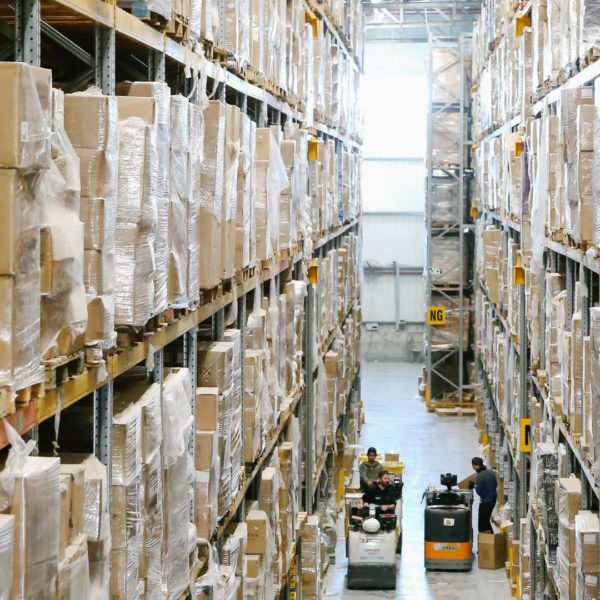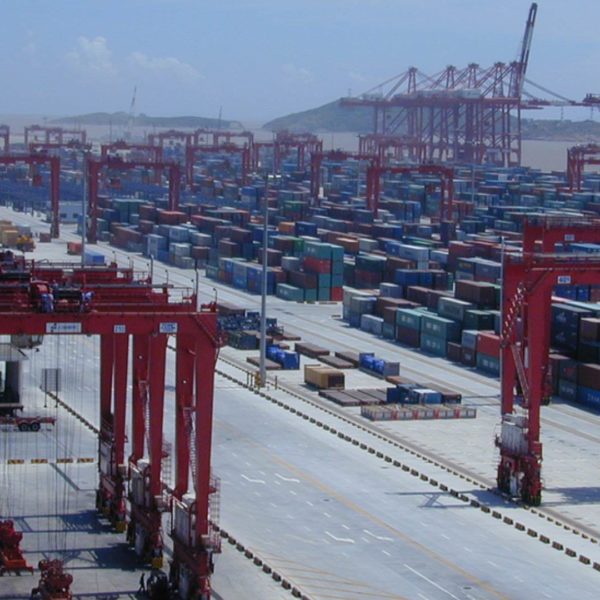Container Shipping Summer 2022 Outlook
Container shipping prices have continued to rise despite news of increased inflation, lower consumer spending, and higher interest rates. This has largely been driven by sustained demand and additional supply chain disruptions constricting supply.
Clogged Ports Continue
US ports still have many ships waiting to berth and unload their freight. While not as bad as the 2021 record-breaking spike, there are still a couple of dozen ships waiting to unload at the ports of Longbeach/ LA. However, there is an increased bump in the number of ships waiting to dock off Eastern US ports. This can introduce a significant transportation delay in inventory arriving for importers.
AB5
The US supreme court declined to hear the case brought to it regarding the highly controversial AB5 law in California which challenges in part, the independent contractor status of owner-operator truck drivers.
Most within the supply chain industry agree that severely limiting owner-operator status will only serve to reduce trucking capacity, which will cause more supply chain disruptions and increase freight prices.
Increased supply chain disruptions and landed freight costs could and very likely will help to foster continued or increased consumer good pricing which is a driver of inflation.
Many truck drivers within the state of California have protested this law at length and it’s uncertain its full long-term effect or whether there could potentially be an exemption for owner-operator drivers.
Drayage Capacity Tight
Many ports continue to lack drayage capacity in comparison to drayage demand. As with the greater trucking market, this is a supply and demand driven market, in which a decreased supply of drayage capacity leads to heightened drayage pricing. Coordinating drayage capacity well ahead of time is critical to make sure your containers are moving as soon as they are available and reducing turn time on containers.
Drayage capacity is also needed for even domestic intermodal moves in order to move the containers to and from the rail ramps for first and last mile service.
Intermodal as an Alternative
Intermodal remains an attractive alternative to expensive cross-country trucking, representing significant cost savings depending on the lane. Railroads have not been without fault though, with all the US class 1 railroads having service issues across their systems due to a variety of factors.
Long haul cross country trucking is lane dependent on pricing and can vary significantly between lanes and in certain areas, seasonal pricing/volume fluctuations. Developing long-term planning for transportation can help, as you can proactively hedge rates and not be caught out moving loads at the last minute, which often means increased freight spend. Saving even 10%-15%, many times more like 20%, by moving freight via intermodal ads up significantly over time across dozens or hundreds of loads.
We regularly perform lane analysis studies which can help identify intermodal opportunities within a logistics plan. Get in touch if you’re interested! While a different mode, when you work with Zmodal, shipping intermodal is nearly the same as shipping via over the road long haul trucking.
Fuel Costs
Diesel fuel prices have only slightly pulled back from their record highs in the last several months. High fuel prices of course raise trucking rates but do create more opportunity for intermodal conversions as railroads utilize fuel more efficiently than over the road trucking. As fuel prices rises, pricing economics tend to favor intermodal on a greater number of lanes vs OTR trucking.
What do we expect?
As has become usual in the last couple of years, disruptions of some kind will continue, which will keep pricing elevated over pre –pandemic levels. Planning ahead is key to making sure your inventory is where it needs to be on time and also gives flexibility in transportation mode which will provide cost savings.



